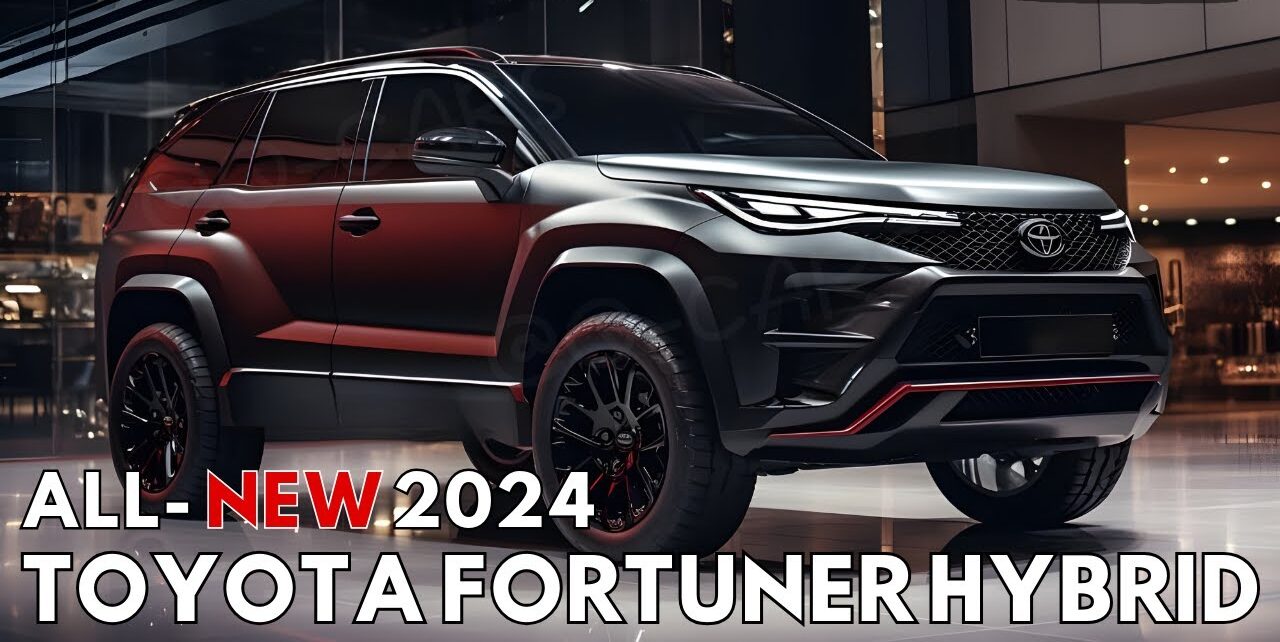RIVIAN R2

In families with three children, there’s a phenomenon known as “middle child syndrome.” The eldest child receives all the praise, the youngest child receives all the focus, and the middle child… well, they often feel overlooked, don’t they? We witnessed a similar situation with Rivian recently. The original R1S and R1T models attract attention wherever they go, and the unexpected introduction of the compact R3 and R3X caused quite a stir online. So, what about the Rivian R2, which was meant to be the highlight of Rivian’s major event a few weeks ago?
I had the chance to see the R2 up close at the New York Auto Show this week, and let me tell you, this middle child is definitely worth paying attention to. If Rivian can deliver on their promises of price, specs, and timely delivery, I have no doubt that this vehicle will be a huge success. Be sure to watch our latest video above to see why.
If you haven’t been keeping up with the latest news, let me fill you in on the Rivian R2. This upcoming model from the California EV startup is generating a lot of buzz. While it shares a similar style with the larger and pricier R1S, the R2 is designed to be more affordable with a starting price of around $45,000 (before any tax incentives). Set to go into production in 2026, the R2 is expected to be Rivian’s key player in the mass-market electric SUV segment. This is a significant milestone for the company, as it has the potential to establish them as a successful and profitable player in the industry. It’s definitely an exciting development for Rivian’s long-term future.

When I entered the Rivian Space in Manhattan’s Meatpacking District recently, I didn’t immediately notice the white R2 parked there. The treehouse tent on top, which we’ll discuss shortly, made it appear larger, so I initially mistook it for an R1S. “Ah, there it is!” I soon realized. But none of this is a negative. Rivian’s bigger truck and SUV are incredibly attractive vehicles, and it was wise of Rivian to maintain that design language in a more compact form.
And it is more compact. Some have compared it to a Model Y, but in my opinion, it felt slightly longer and less tall than the Tesla—despite the actual dimensions revealing the opposite. This could be attributed to its boxier overall shape, which actually reminded me of my old third-generation Toyota 4Runner. I enjoyed that car (except for its terrible fuel economy) because it was smaller and easier to handle compared to many modern truck-based SUVs. The smaller size of the R2 will definitely be a major advantage here; as much as I appreciate the R1S and R1T, they aren’t very enjoyable to drive in a city or tight parking spaces.
However, the R2 still offers a great deal of functionality. The back seats can be folded down entirely, which makes it perfect for sleeping in during camping adventures. Additionally, if you set up the foldable treehouse on top, which comes with a ladder and a movie projector powered by the car’s battery, four adults can comfortably sleep both inside and on the R2.
Taking a stroll around the car offers a sense of familiarity. However, what truly catches the eye is the Tesla NACS plug located on the rear right quarter panel. Rivian representatives mentioned that the small flap door might not be present in the final production car, but it was quite astonishing to witness such a port on a non-Tesla vehicle. And yes, it functions perfectly here as well. “I need to charge the car somehow,” shared a Rivian official with me.
Rivian’s team informed us that the R2 we had the chance to test out was essentially a concept or prototype, but one that closely resembles what customers will get. This is why I was excited to test out the new user interface featuring the “haptic control dials” on the steering wheel.
In this setup, you’ll find a pair of petite wheels positioned on the left and right sides. These wheels smoothly roll up and down, just like the center wheel of a mouse, and can also twist slightly from side to side. They serve as your navigation tool for the numerous functions within Rivian’s interior, which is mostly devoid of buttons (except when you’re using the touch screen, of course). Essentially, these wheels offer a wide range of movements and clicks, enabling them to perform various tasks. Rivian also mentions that these functions can be personalized to a great extent.
I’ll reserve my final judgment until I have the chance to experience it on the road, but I must say I was quite impressed with what I had the opportunity to test. This innovative approach already surpasses the sometimes frustrating minimalist button experience found in the R1S and R1T.
Great news – there are now two gloveboxes! Are you satisfied?
Overall, even though the R2 is smaller than the R1S, the standout feature is that it maintains a high-quality feel. The interior is impressive, boasting premium materials and a luxurious ambiance. Despite the price, it doesn’t feel as stripped down as a Model Y or Volvo EX30. While there are some cost-saving measures like the absence of air suspension and fewer powered functions, such as the charging port door, it doesn’t bother me. Plus, you still get cool features like the door-mounted flashlight, Bluetooth speaker, off-road driving modes, and other fun extras typical of this company’s EVs.
The R2 is set to enter production in the first half of 2026. Once it hits the market, you’ll have the option to choose from single-, dual-, and tri-motor versions. The tri-motor variant is especially impressive, as it can go from zero to 60 mph in less than three seconds. Some models are expected to have a range of over 300 miles. If Rivian can deliver on all these features and keep their pricing promises, it’s highly likely that many people will be tempted to go electric for the very first time.



One thought on “RIVIAN R2 Live deep-dive impressions: it’s gonna be a crowd pleaser”